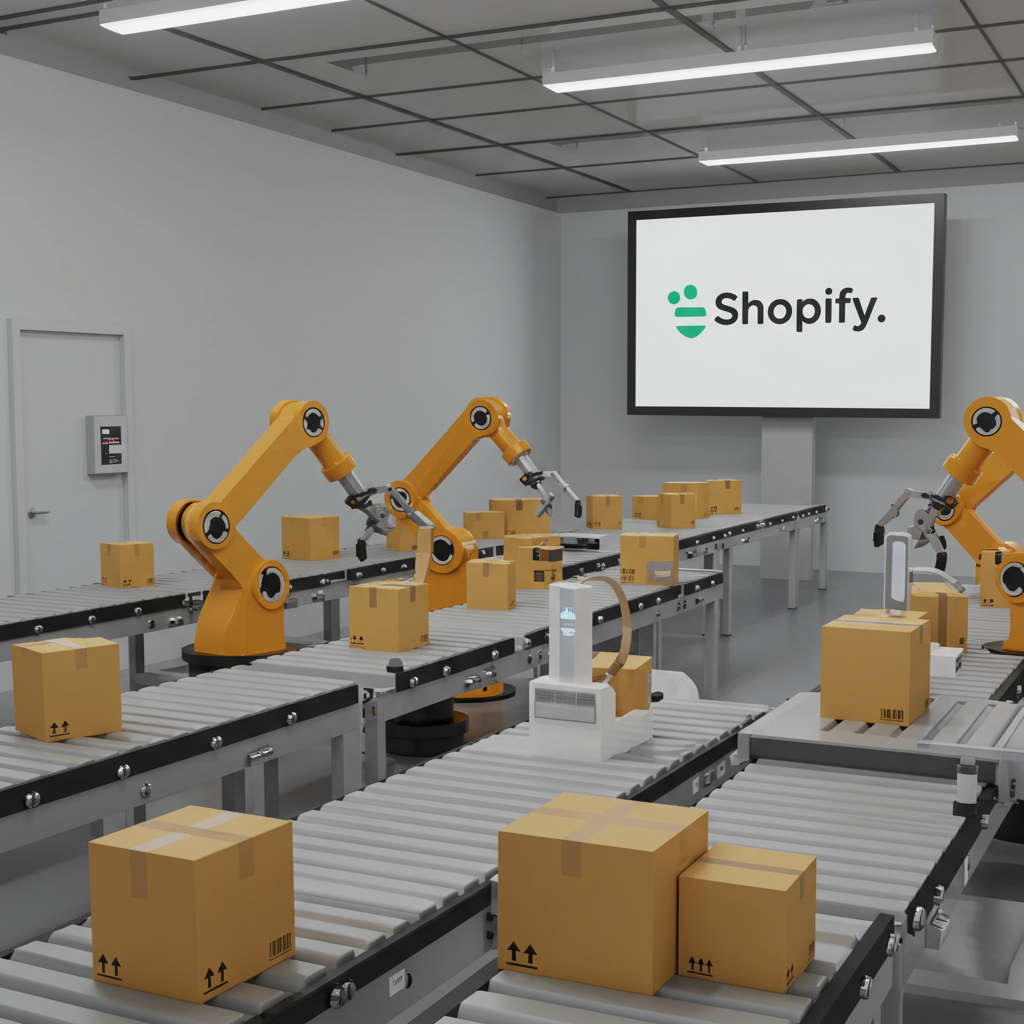Discover how I transformed my e-commerce operations by embracing automation, from order processing to shipping, and how you can too.
As a Shopify merchant, I know firsthand the thrill of a new order. It’s a validation of your hard work, your product, and your brand.
But I also know the flip side: the looming task of fulfillment. Picking, packing, labeling, shipping – it can quickly become a bottleneck, especially as your business grows.
That’s why I’m here to talk about automating your Shopify fulfillment process. It’s not just about saving time; it’s about scaling your business efficiently and reducing stress.
When I first started, I handled every order manually. It was manageable for a few orders a day, but soon, I found myself drowning in packing peanuts and shipping labels.
I realized that if I wanted to grow, I couldn’t be the bottleneck. My time was better spent on marketing, product development, and customer service, not just packing boxes.
So, what exactly does “automating fulfillment” mean? At its core, it means using technology and streamlined processes to handle the steps from order placement to delivery with minimal manual intervention.
Let’s break down the typical fulfillment journey. It starts when a customer places an order on your Shopify store.
Next, you need to pick the correct items from your inventory. Then, you pack them securely, often adding branding touches.
After that, you generate a shipping label, choose a carrier, and arrange for pickup or drop-off. Finally, you provide tracking information to the customer.
Manually, each of these steps requires your direct attention. Automated fulfillment aims to make many of these steps happen on their own.
One of the first areas I looked at was order processing. Shopify itself does a great job of capturing orders, but integrating it with inventory management is key.
Many merchants use Shopify’s built-in inventory tracking, which is a good start. But for more complex needs, I found that dedicated inventory management apps can automate stock updates across multiple channels.
Next, consider picking and packing. Instead of manually writing down items, I started using apps that generate optimized pick lists and packing slips directly from Shopify orders.
Some advanced systems can even guide warehouse staff through the most efficient picking routes, minimizing time spent searching for products.
Shipping label generation was a huge time-saver for me. Instead of typing addresses into carrier websites, I integrated a shipping app directly with my Shopify store.
These apps pull order details automatically, compare shipping rates from various carriers, and generate labels with a click. Some even schedule pickups.
Automated tracking notifications are another must-have. Once a label is created, the system can automatically send tracking numbers to your customers, reducing “Where’s my order?” inquiries.
Shopify Flow, a powerful automation tool available for Shopify Plus merchants (and some features for other plans via apps), allows you to create custom workflows.
For example, I set up a Flow to automatically tag orders over a certain value as “priority” or to send a specific email to customers who purchase a particular product.
For businesses experiencing significant growth, I strongly recommend considering a Third-Party Logistics (3PL) provider. This was a game-changer for me.
A 3PL handles everything from warehousing your products to picking, packing, and shipping orders on your behalf. They have the infrastructure and expertise to scale.
Integrating your Shopify store with a 3PL’s system means that as soon as an order comes in, it’s automatically sent to their warehouse for fulfillment. You barely lift a finger.
Choosing the right automation tools or a 3PL requires careful research. Consider your order volume, product type, budget, and future growth plans.
Start small, perhaps by automating label generation, and then gradually add more layers of automation as you become comfortable and your needs evolve.
Remember, the goal is to free up your time so you can focus on what truly matters: growing your brand and connecting with your customers.
What do you think about this article? Do you have any automation tips or challenges you’ve faced? I’d love to hear your thoughts.
Implementing these strategies has not only saved me countless hours but also significantly improved my order accuracy and customer satisfaction.
It’s an investment that pays dividends in efficiency, reduced errors, and ultimately, a more scalable and less stressful business operation.
So, take the leap. Explore the automation options available for your Shopify store. Your future self (and your customers) will thank you.






